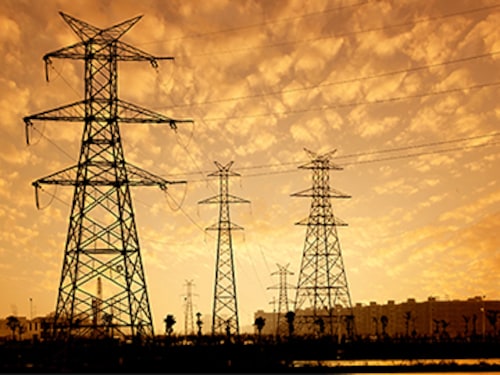Will the Modi government's new discom revival plan work?
On paper, the Ujwal Discom Assurance Yojana looks better than previous attempts, but populism of poll-bound state governments remains a threat


Power distribution companies (discoms) across the country sit on a cumulative debt of Rs 4.30 lakh crore and their losses total up to Rs 3.8 lakh crore. Some of them do not have the money even to buy power. Hence, to say they are in dire straits would be an understatement.
It is in this context that the Modi government has come out with a revival package—Ujwal Discom Assurance Yojana (UDAY). Experts agree that, on paper, this is the best reform plan attempted so far when it comes to cleaning up discoms. That is because the plan holistically and realistically tackles all the three challenges that discoms face: Clear up past losses and debt, a staggered plan to raise tariffs to bring it in line with costs and strong deterrents to prevent the discoms (and the state governments) from slipping into their old ways.
But the optimism that experts share is muted on account of the fact that this is not the first such attempt. The previous two reform measures, announced over the last decade and a half, failed as it did not address the problem fully and the state governments refused to part with their populist mentality when it came to providing free power for farmers or hiking tariffs in line with the rising cost of power generation.
This time, too, the threat of populism triumphing over reform is real as 10 states (some of whose discoms are in urgent need of this package) go to polls next year and they have in the past exhibited massive doses of populism. Will the state governments who sign up for this package stick to their side of the bargain when it comes to cleaning up the discom mess? It is anybody’s guess.
But the power minister Piyush Goyal is confident that they will this time. His confidence stems from the strong deterrents the policy has put in place. From 2017-18, losses incurred by the discoms will be added to the state’s fiscal responsibility and budget management (FRBM) in a progressive manner starting with 5 percent of the losses that year. A very sensible move, as it is the states that are responsible for the losses in the first place. In fact, by not funding the free power or large subsidies from their budget, the states conveniently parked their losses in the balance sheet of the discoms causing their debt crisis. The new measure should prevent a repeat of this financial mismanagement. Any state is well within its powers to offer free, or subsidised, power but it should fund it from its budget.
Also, banks have been told not to fund the operational losses incurred by discoms. This will ensure that discoms will have no place to go for money if it incurs losses on account of state government’s largesse and its inefficient operations.
These measures should ensure that discoms price power properly (they will have to bring it in line with costs by 2018-19), plug leakages (transmission & distribution losses, billing issues and theft) and run its operations in a more efficient manner. Some states do not have an Electricity Regulatory Authority and in case of many who have it, the regulator has remained more faithful to the government rather than the consumer.
The package takes a huge load off discoms’ balance sheet as the states will have to take over 75 percent of the debt in a staggered manner (50 percent in 2015-16 and 25 percent in 2016-17). There is no charity here as the debt has arisen in the first place on account of the state governments. The balance 25 percent of the debt will be converted into loans or bonds at concessional interest rates.
Goyal, who at every given opportunity stresses that this policy took its time as he had to engage with all stakeholders and come out with one that succeeds, is confident that by 2018-19 discoms will not have any loss to report. As things stand today and if past experience is any indication, it is a very optimistic assessment of things. If he is proved right, the biggest reform of India’s electricity sector would have been achieved.
First Published: Nov 06, 2015, 12:26
Subscribe Now